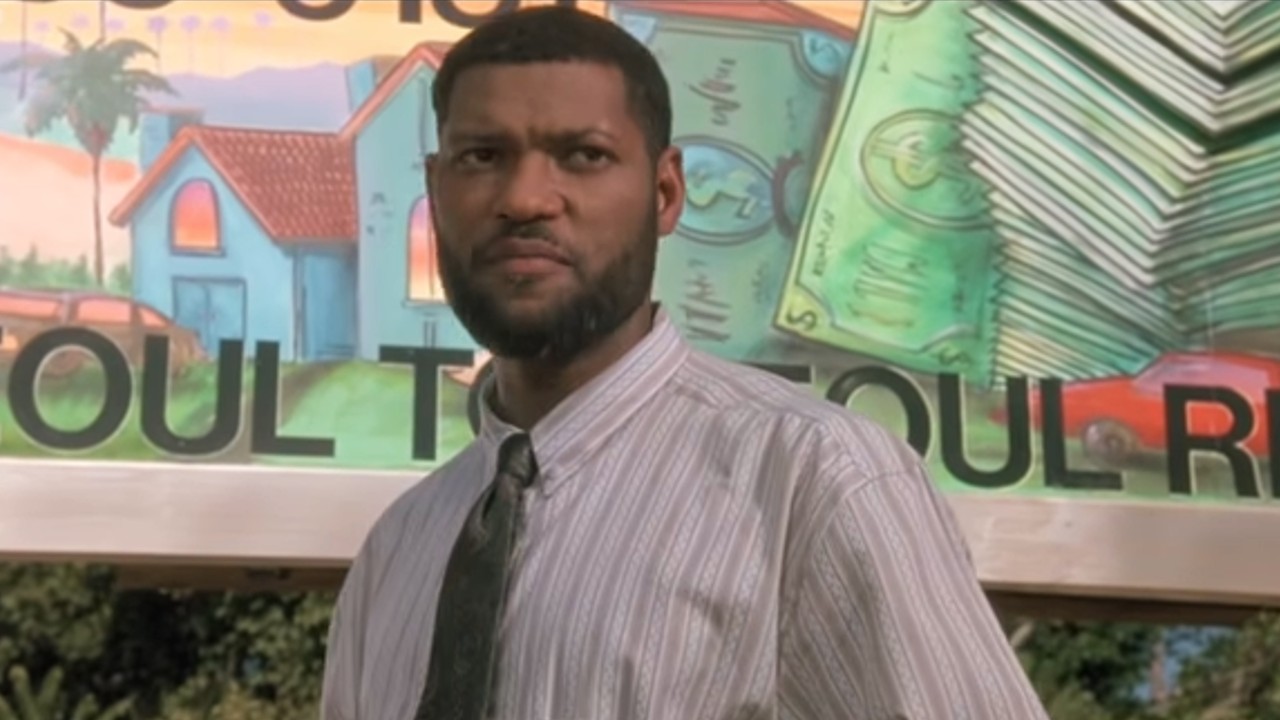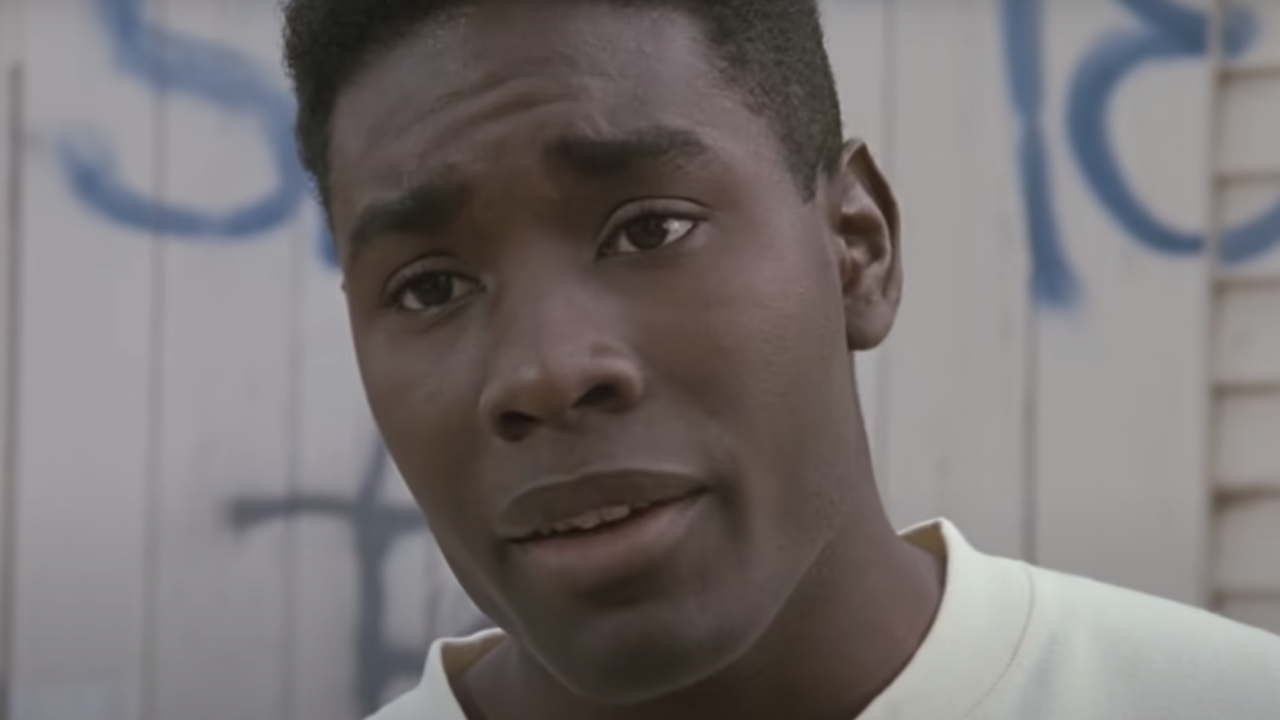When John Singleton’s Boyz N The Hood hit theaters in the summer of 1992, there was a huge amount of controversy surrounding the movie, which today can be streamed with a Netflix subscription. Looking back, it’s clear there was some inherent racism in the moment, but there was actually some real violence that occurred at a handful of showings. The news took that and ran with it, ratcheting up the rhetoric around the dangers of rap music, especially gangsta rap, which was already scaring the shit out of suburban America.
For me, a 16-year-old suburban kid, that was all I needed to hear to want to see the movie badly. What I expected, and what the movie is, are two totally different things.

In the great Netflix documentary about Dr. Dre and Jimmy Iovine, The Defiant Ones, Iovine talks at one point about how scared Interscope Records was making suburban white folks. Between Dr. Dre’s The Chronic and Nine Inch Nails’ The Downward Spiral, Interscope was hammering two sides of the musical spectrum that were upending norms. In the midst of that came Boyz N the Hood.
It was easy for the local and national news to issue urgent dispatches about the fear of gang violence at the movie’s screenings. Black directors and Black voices in Hollywood were hardly the norm; we basically had Spike Lee, Mario Van Peebles, and not many others at the time, until Singleton came along with this masterpiece. The media, never ones to shy away from fear-mongering, played up the scattered examples of violence at the theaters showing Boyz N The Hood, and America – specifically white America – recoiled. I was all in.

I Expected An N.W.A. Song On The Big Screen, But That Isn’t What I Got
For me, well, I loved Dre’s earlier work with Ice Cube and company in N.W.A. I would blast that as I drove my own suburban neighborhood, feeling, well, defiant. When I heard about Boyz N the Hood, starring Ice Cube himself, I knew I had to see it. All the talk of gang violence at the theater made me believe even more that I was going to see one of Cube’s rap songs come to life on film.
Anyone who has seen the movie, which I think is one of the best movies of the ‘90s, knows it is not an N.W.A. song come to life. It doesn’t glamorize drug dealing or gang life (not that N.W.A. lyrics really do, either, but in my naive ears, they did). It speaks bluntly and honestly about “what’s goin’ on in the hood,” as Cube’s character Doughboy explains in the final scene. It’s a powerful statement about life in South Central L.A. and neighborhoods like it around the country, as well as the importance of being a strong father in the face of adversity.
It is an incredible movie, with powerful performances from Laurence Fishburne, Ice Cube, Cuba Gooding, Jr., and the rest of the cast, that includes actors like Regina King, Nia Long, Morris Chestnut, and Angela Bassett. It’s nothing like another movie about drug dealers of the era, New Jack City, which I also love. Boyz N the Hood has far more important things to say, even if the media ignored it in favor of more salacious news surrounding it.
